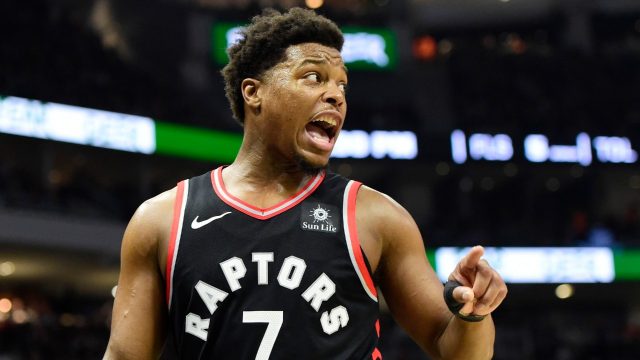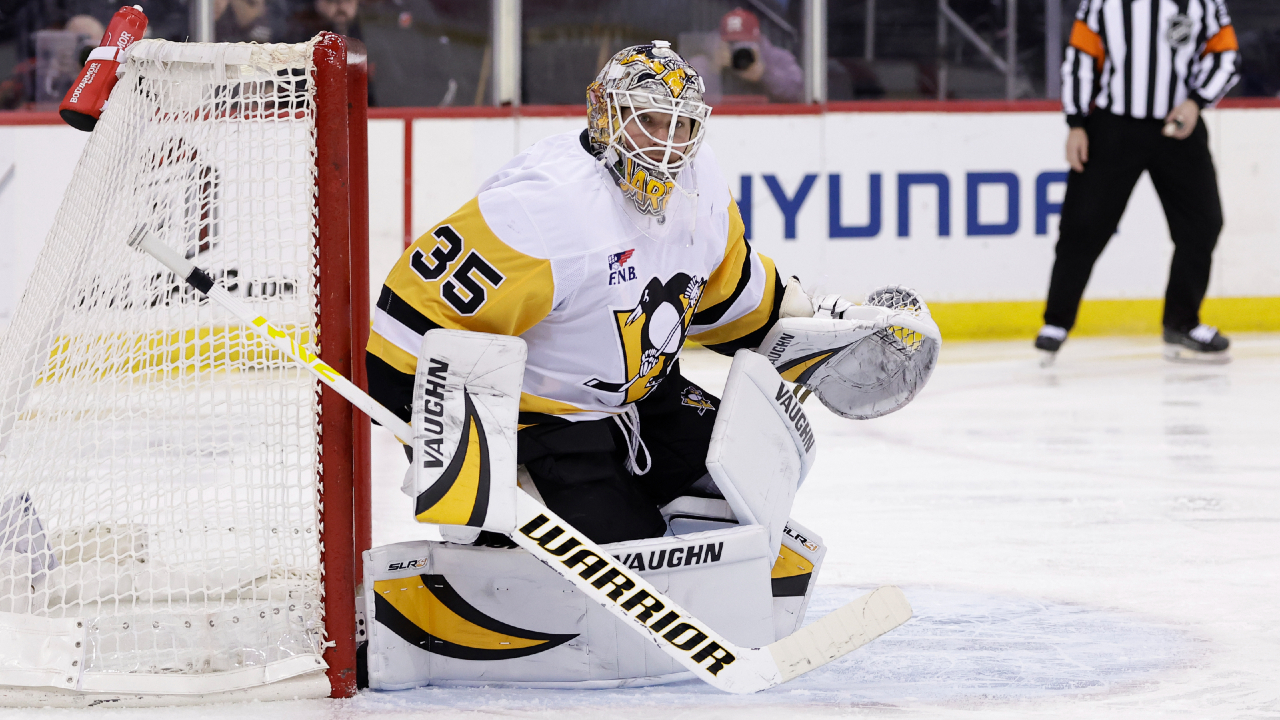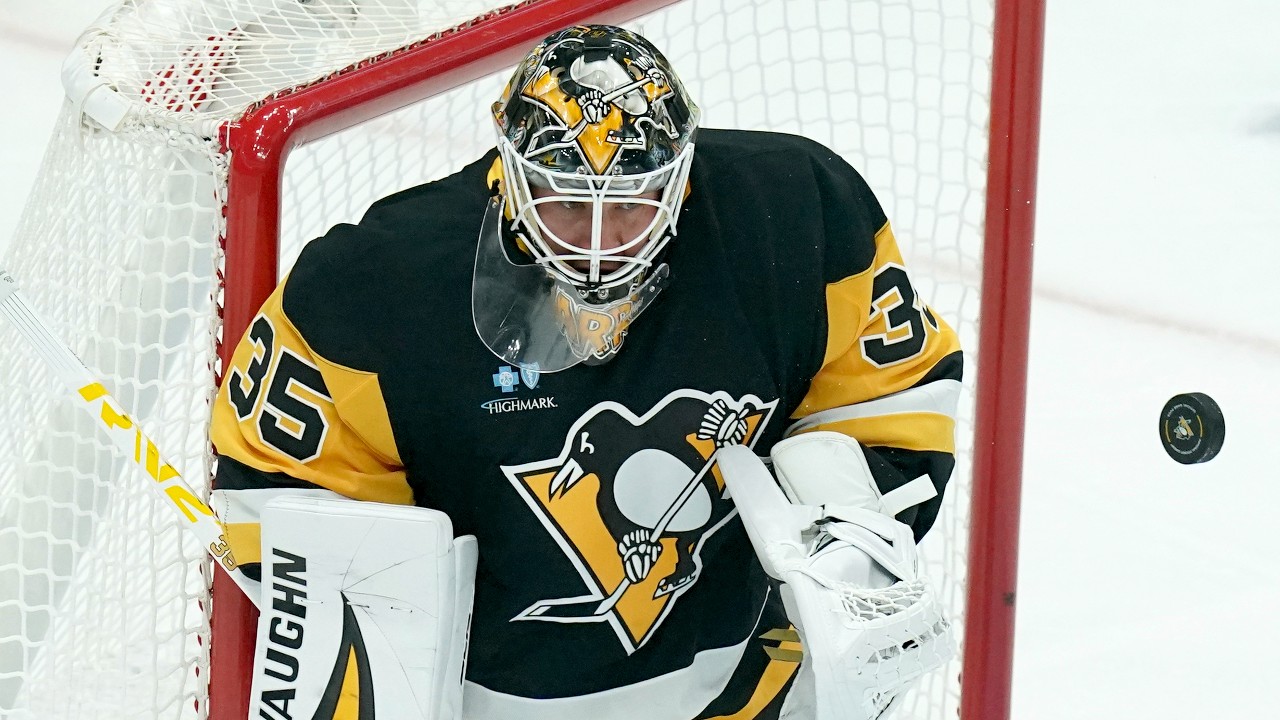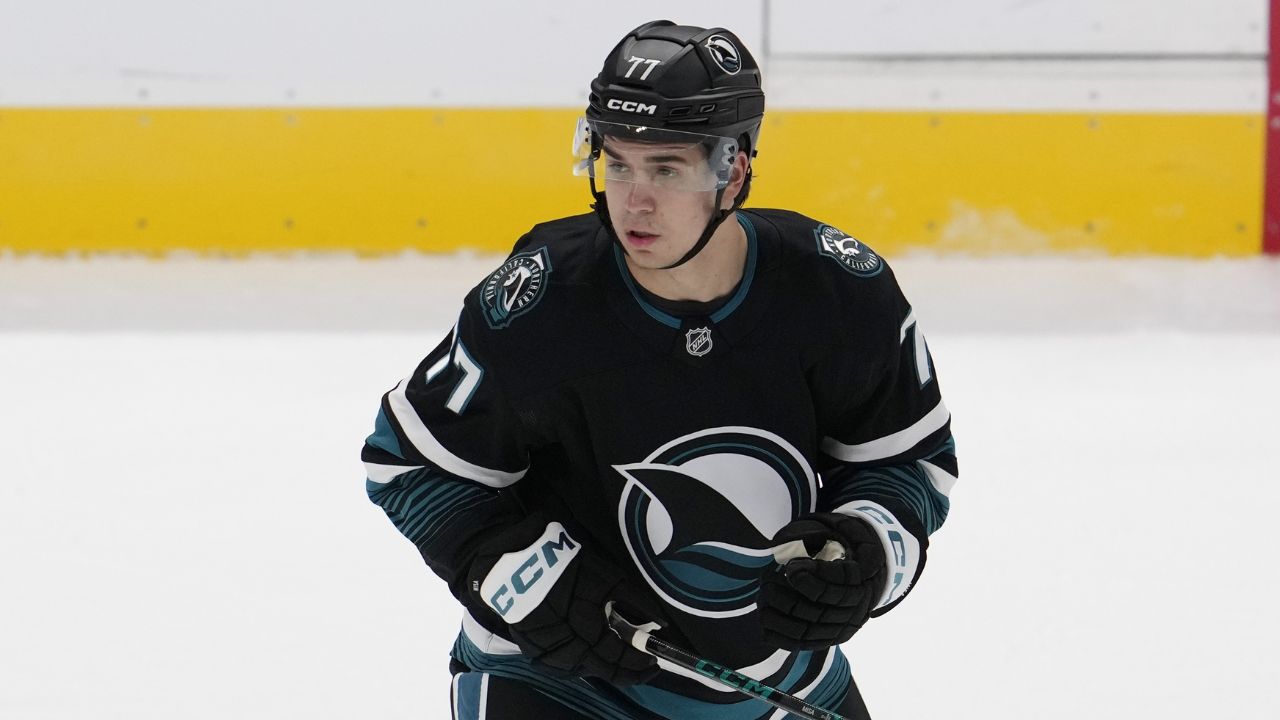
Last summer, as most of the NBA gathered in the ‘bubble’ at Walt Disney World Resort to restart the pandemic-interrupted 2019-20 season, RJ Barrett opted to create a bubble of his own in Orlando.
There were primarily two people in it: Barrett, the New York Knicks’ third-overall pick in the 2019 draft and Drew Hanlen, the skills trainer who had worked with him since the summer Barrett turned 15.
Twenty-two teams were at Disney World, including the Toronto Raptors – of whom Barrett’s Knicks will play Sunday night at 8:00 p.m. ET on Sportsnet Ontario, Sportsnet East and Sportsnet ONE – the New Orleans Pelicans, led by No. 1-overall pick Zion Williamson and the Memphis Grizzlies, featuring second-overall pick Ja Morant, as they tried to pull their respective clubs into the playoffs and jockeyed for rookie of the year, eventually won by Williamson, Barrett’s former Duke teammate.
Barrett’s Knicks never sniffed the playoffs and the then-19-year-old from Mississauga, Ont., not only wasn’t in the rookie-of-the-year conversation, he didn’t even make either of All-NBA rookie teams as 10 other first-year players gained recognition ahead of him.
“It bothered me a lot,” Barrett told reporters when training camp opened. “Not going to lie. It bothered me a lot. I really don’t understand why I wasn’t on it. But it was motivation, motivation for [2020-21]. It was good to have an extra chip on my shoulder and just prove myself even more.”
With that on his mind and his season over, Barrett went to work, but there was a twist: For the first time in his athletic life he didn’t have the immediate pressure of leading his team to wins or impressing scouts or national television audiences or finding his way to survive as a teenager in the NBA’s largest media market.
He contacted Hanlen and made a proposal: Come to Florida and join him for five straight weeks of daily individual workouts and film sessions at his old high school, Monteverde Academy, just 30 minutes north of the ‘real’ bubble.
Hanlen got on a plane and spent the next 35 days either in the gym with Barrett, on his laptop breaking down film with him or golfing.
The plan was to take Barrett’s game and, specifically, break his shooting mechanics down to the studs and rebuild. It was the kind of renovation most NBA players don’t have the time – let alone the nerve – to contemplate.
“He wasn’t playing for nine months. We knew we didn’t have to get results in a couple of weeks or even in a couple of months,” says Hanlen. “We had the time to get better.”
While Barrett had shown plenty of signs of promise last season, to be sure. Just before the hiatus he put up 27 points, five rebounds and five assists in just 30 minutes against the Houston Rockets, and had another game where he counted nine assists and another where he gathered 15 rebounds.
He finished the season joining LeBron James, Carmelo Anthony and Luka Doncic as the only 19-year-olds in NBA history to average at least 14 points, five rebounds and one steal per game.
But there were some glaring holes in his profile too, of most concern was his struggles shooting. He connected on just 32 per cent of his threes, 61 per cent of his free throws and 43 per cent of his twos, all well below league average. Add it up and among those with at least 1500 minutes played Barrett was last in effective field goal percentage (which accounts for the value of three-point shooting) at .445 and second-last in true shooting percentage (which factors in free throws).
Given he shot just 31 per cent from deep at Duke and converted 66 per cent of his college free throws, the red flags were up. It’s not unheard of for dominant players to be poor shooters, but those that manage it – Giannis Antetokounmpo or Ben Simmons, for example – are among the most athletic players in the sport. At 6-foot-7 and a solid 220 pounds, Barrett is not shy on athletic gifts, but he’s not so fast and strong and bouncy that he can get away without being able to keep defences honest on the perimeter.
Barrett has been in the public eye since 10th grade and had been almost unfailingly successful – going undefeated and winning a national title in high school; leading Canada to a U-19 World Championship as an under-ager and putting together a historically dominant freshman season at Duke.
His rookie struggles were a first, and he didn’t like it.
“He said, ‘Man, I was bad,’” recalls Hanlen, founder of Pure Sweat Basketball who counts some of the NBA’s most lethal scorers – Bradley Beal, Zach LaVine and Jayson Tatum among them – as clients. “He said, ‘Let’s put in the work because I never want to experience a season like that again.’”
What followed was the tedious work of re-learning how to shoot.
They weren’t starting from scratch. In the build-up to the 2019 draft Barrett and Hanlen had tweaked his shooting form, including making the unconventional decision to move Barrett’s shooting elbow slightly to the left (he’s left-handed) of his shoulder. Traditionally the goal is to have the shoulder, elbow and hand all in one line but Hanlen – who studied left-handed pitchers and quarterbacks for inspiration – thought that moving Barret’s elbow out would give him greater range of motion and make it easier to get his hand squarely under the ball.
The early returns were positive and Barrett was making progress but when he arrived at training camp the Knicks coaching staff then in place pushed back and demanded their prize rookie bring his elbow closer to his body again. The season turned into a struggle. The Knicks flailed to a 4-18 start, fired head coach David Fizdale and eventually cleaned out their management ranks too.
Barrett was caught in the crossfire.
“Not pointing fingers, but there was a level of frustration that he played with because he felt like he had made the shot change that he needed to make during the pre-draft and after putting three months of hard work to lock in those mechanics, they instantly go tweaked and changed to a place where he felt really uncomfortable and he lacked the confidence and consistency he needed,” said Hanlen.
“And I don’t think people understand how frustrating it is when you have someone telling you to do something with your shot that doesn’t allow you to be consistent, comfortable and confident, it really added a ton of frustration to your game that makes it very, very hard to play.”
With months before the 2020-21 season started and with the support of incoming Knicks head coach Tom Thibodeau’s staff – it helped, too, that Hanlen had trained a number of clients for former agent-turned-Knicks-president Leon Rose – Barrett and Hanlen picked up where they left off during the pre-draft process.
They covered every detail of Barrett’s shooting process, but Hanlen says they focused on three main areas:
• Improving his balance by widening his stance.
• Changing his hand position on the ball which was made possible by the range of motion gained from moving his elbow to the left and outside his body.
• Altering the rhythm of his shooting motion so that it starts with his arms with the body and legs following in a single, cohesive action.
It wasn’t easy and a lot of athletes wouldn’t be up for the challenge, but Hanlen knew what he had in Barrett: Someone mature enough even at 19 to see the bigger picture and resilient enough to deal with setbacks as an opportunity for growth.
“He’s always been a relentless worker,” says Hanlen. “And it’s a lot easier to improve skill and efficiency than it is toughness and competitiveness.”
The experience of Barret’s rookie season hardened him too.
“He had the maturity to say, ‘Hey listen, I’m never going to let someone adjust my shot again. Once we get it where we want it, I’m just going to put in the time and reps to get the results I want.’”
After 35 days of focused work Barrett left Florida to return to Toronto, confident he’d make the fixes he needed.
The only problem was that by the time the season began in late December, Barrett had gone nine months between games and hadn’t had the chance to test his new skills at game speed.
After an encouraging season opener where he scored 25 points on 11-of-15 shooting and went 3-for-3 from deep, Barrett suddenly couldn’t hit the water from a boat.
He missed 21 straight threes over the next four games. He briefly exhaled with a 4-of-5 night only to go 3-of-25 over his next six games.
After all that effort – from the outside at least – Barrett looked like he was spinning his wheels, given he was shooting just 18.5 per cent from deep through 12 games.
“In the beginning of the season he struggled because he hadn’t shot his new shot against NBA defenders,” says Hanlen. “He was over-thinking his decisions – ‘do I catch and shoot, do I drive it?’ There was an adjustment period in that first month.”
But Barrett kept the faith and stuck with the plan. He would consult with Hanlen by text and even send him video clips from his pre-game warm-ups for feedback on his posture, balance, footwork and follow-through.
A few tweaks were made and Barrett’s progress since has been nothing short of astonishing. In his last 41 games the 20-year-old is shooting 46 per cent from deep on 3.3 attempts a game, ranking him fifth among players with at least 125 attempts over that period.
Year over year he’s improved in every statistical category, averaging 18 points and 5.4 rebounds on 48 per cent shooting since his slow start.
He’s got some unfinished business against the Raptors, however. The first time Barrett played his hometown team this season, back on New Year’s Eve, he was in the depths of his early-season funk. He went 0-of-8 from deep and just 4-of-19 from the floor.
Now?
He comes into Sunday night’s game as the hottest deep threat in basketball – as improbable as that would have seemed a year ago. He’s gone 18 for his last 26 from deep for a blistering 69 per cent.
Scarier yet, he’s a long way from a finished product.
Ask Hanlen what Barrett will look to add to his game this coming summer and the trainer to the stars quickly lays out a multi-year plan that will touch on every aspect of Barrett’s offensive arsenal. This coming summer the focus will be on adding the ability to shoot threes off the dribble and on the move.
Part of Barrett’s improvement this season has been focusing on taking advantage of open catch-and-shoot opportunities. The next step is to be dangerous either coming off screens or pulling up off the dribble against sagging defenders.
As well, more attention will be given to adding some shiftiness to Barrett’s dribble-drive game as defenders have to honour his shooting.
Finally – likely heading into his fourth season –the goal will be developing a more varied package of shots to finish at the rim in traffic.
“We look at it in phases because we only have so much time to work together in the off-season,” says Hanlen. “We’d rather master one thing rather than spread ourselves thin and become decent at a lot of things.”
It’s an approach that takes discipline and commitment, but as Barrett comes down the stretch drive helping the Knicks push for the playoffs for the first time in eight seasons, the results are plain to see.






